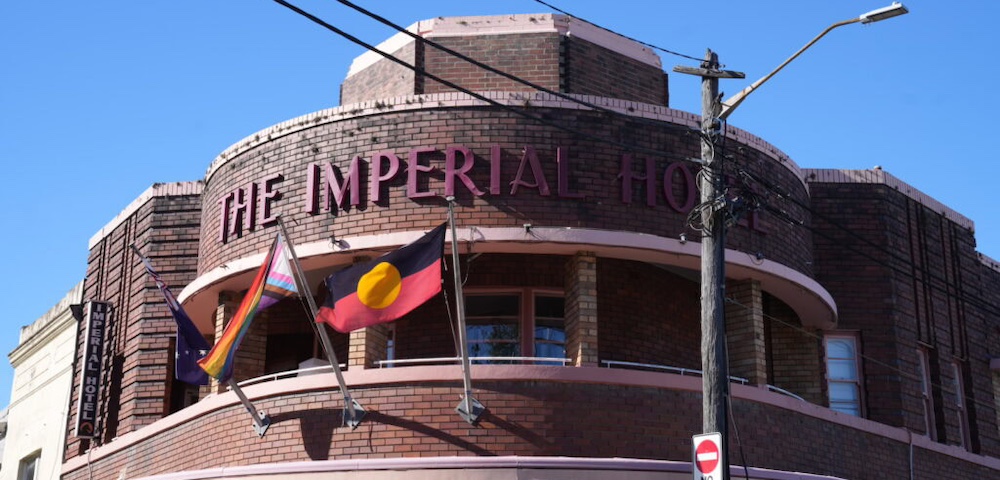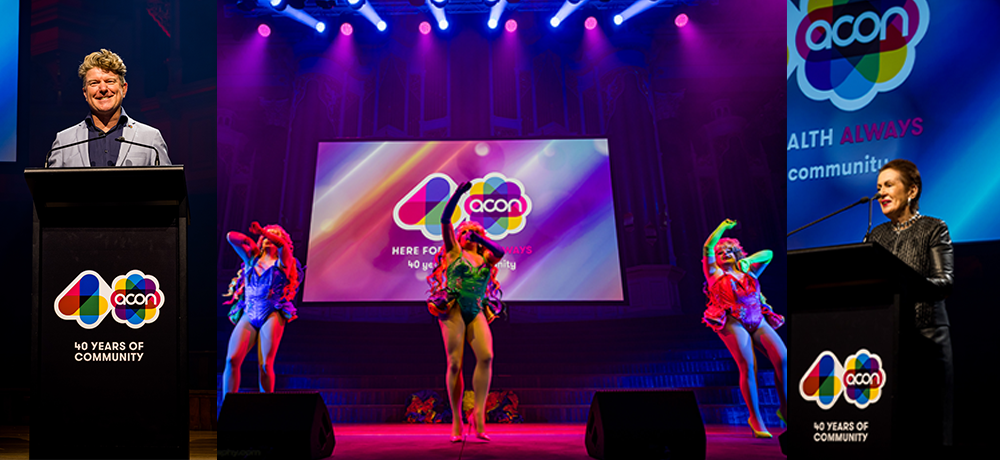
Lesbians ‘are less healthy’
Lesbian and bisexual women are less healthy than their heterosexual counterparts, new research by Curtin University in WA has found.
More than a quarter of the lesbian and bisexual women were smokers, double the general rate for women, and three in 10 participants exceeded the national alcohol guidelines on a weekly basis.
A third of the women had been diagnosed with depression, and one in five were receiving treatment for a mental health problem.
Conducted between October 2006 and January 2007, the study of almost 1,000 women looked at areas of nutrition and physical activity, sexual practice and safe sex, cancer screening, alcohol, tobacco and other drug use, experiences of discrimination and harassment, and health service utilisation.
Researcher Jude Comfort from the Centre for Health Promotion Research (WACHPR) at Curtin University said limited research into the health needs of lesbian and bisexual women had been conducted, and despite similar international studies also finding poorer health outcomes for these women, health systems had been slow to respond.
“It could be argued that sexual orientation is indeed a social determinant of health,” she said.
“Lesbians, gay and bisexual populations in general have poorer health outcomes than their heterosexual peers. Yet there are few targeted programs which deal with general healthy lifestyle issues with this population.”
Any study that examined the lives of lesbians and same sex-attracted women was of major significance, ACON lesbian health officer Siri May said.
“It’s not because they are identifying as other than heterosexuals that the women are less healthy, but instead it is due to the way society relates to that identity,” May said.
“It’s a consequence of living in a homophobic society, and the consequence of being rendered invisible by that society, of being unable to identify with health promotion material and unable to access services with the same ease that heterosexual women can.”
The study also found that 53 percent of the women were eating junk food once or twice a week, one-fifth of the women were overweight, and 23 percent were obese.
The community needed to start talking about the gaps in services available to lesbian and same sex-attracted women, May said.
“We have to start working together to raise visibility, and build a greater culture of care in our community,” she said.
Comfort said she hoped the study would provide important guidance to future public health programs targeting the lesbian and bisexual women population.









